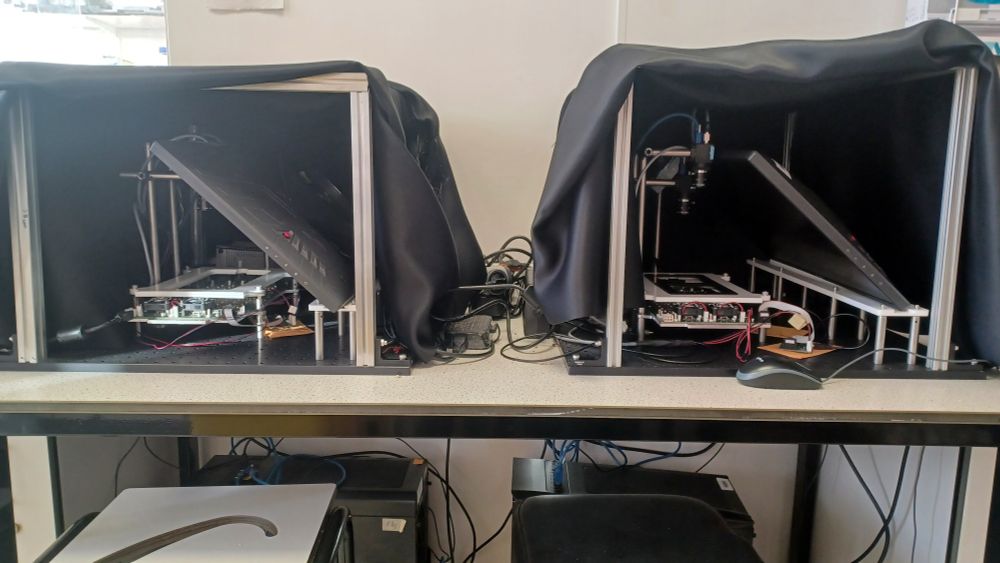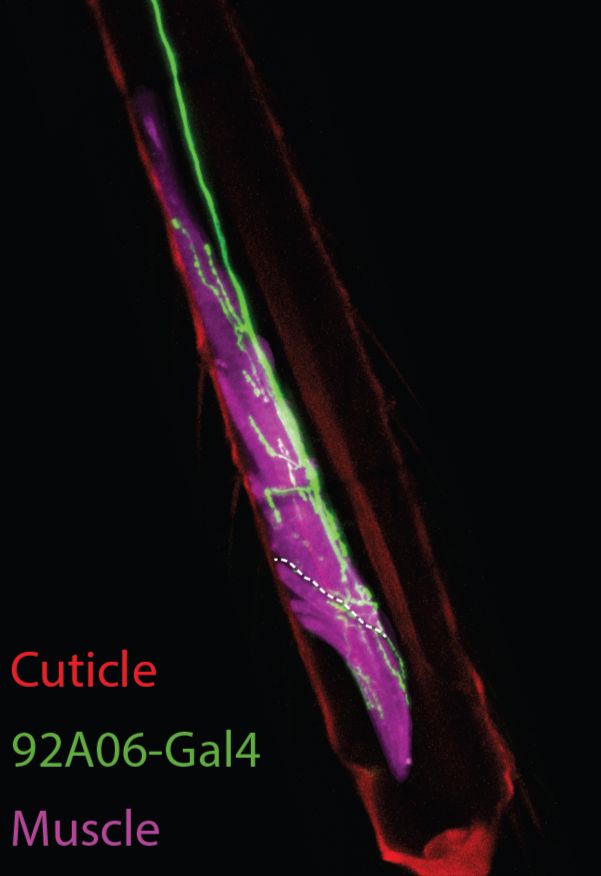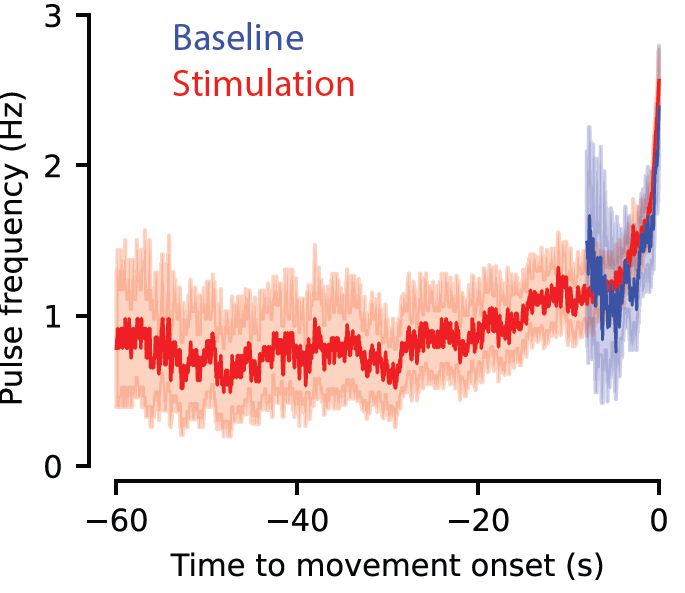Moita Lab
@moitalab.bsky.social
590 followers
200 following
9 posts
Behavioural neuroscience lab @ Champalimaud Foundation, Lisbon, Portugal. Defensive behaviours.
Posts
Media
Videos
Starter Packs
Reposted by Moita Lab
Reposted by Moita Lab
Reposted by Moita Lab
Moita Lab
@moitalab.bsky.social
· Dec 2
Moita Lab
@moitalab.bsky.social
· Nov 28
Moita Lab
@moitalab.bsky.social
· Nov 27


